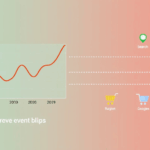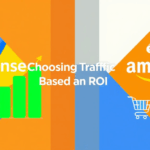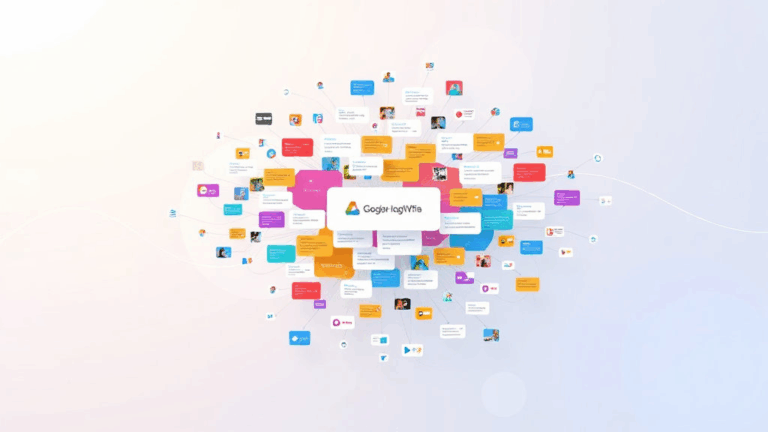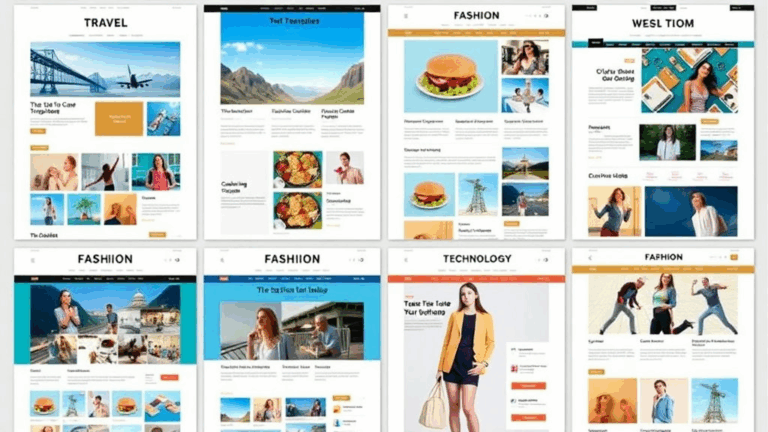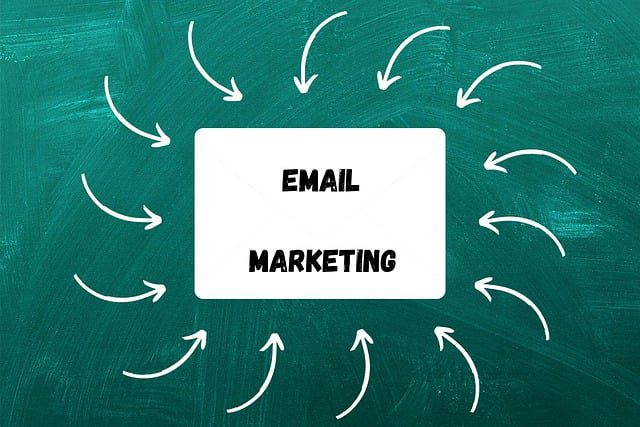Building Reader Loyalty with Blogger and AdSense Integration
Why traffic spikes don’t mean loyal readers
If you’ve ever watched your Blogger stats jump after a Reddit thread or a stray link lands you a hundred new clicks, you know that jolt — the dopamine hit of pageviews. But unless you’re tapping into some dark pattern magic (which, respect, but also… yikes), most of those folks aren’t coming back. And that’s the loyalty problem: Blogger makes it far too easy to focus on views instead of readers.
One month, I was running four AdSense placements on a Blogger page that was pulling in decent numbers — mostly from Google Discover. Looks great in graphs. But the bounce rate was gross and returning readers? Barely a blip. I’d optimized for CPM, not humans. Dumb.
It turns out Blogger’s native follow system is still built like it’s 2011. Remember Google Friend Connect? Yeah, still in the code somewhere. So unless someone’s using RSS (lol), there’s no real nudge mechanism to bring them back. Comment notifications don’t cut it either — they’re transactional, not relational.
Using AdSense placement logic to reward known readers
Here’s where I got weird: I started segmenting AdSense ads by page context. Blogger doesn’t support conditional AdSense statements out of the box, but you can wield JavaScript like a spiteful wand. Basically:
<script>
if(document.cookie.includes('returningUser=true')) {
// show higher-paying, even test new ad networks
} else {
// default, maybe even lighter ads to not spook first-timers
}
</script>
I rigged a simple cookie setter via a query param whenever someone clicked through from my newsletter. Then, I gave returnees a better on-page experience: tighter layouts, fewer interruptions, sometimes no ads at all. Revenue per session dropped slightly. Return rate improved. And oddly, RPM stabilized. I assume Google’s magic black box saw better dwell times and rewarded accordingly? No idea. But it worked for like two months straight.
The Blogger comments system is an actual loyalty killer
Nothing says “abandon this blog” quite like Blogger’s default comment UX. Even after switching to embedded comments and enabling Name/URL inputs, the friction is bananas. You know which post gets the most repeated reader engagement on one of my five micro-niche blogs? The one I manually moved to a basic HTML template and embedded Disqus into.
Here’s the twist: Disqus tanked my AdSense earnings on that page. Turns out it’s stuffing all kinds of tracking right into the DOM, and Google occasionally throttles ads when it sees mismatched CLS (cumulative layout shift). Not documented. Found it in the DevTools audit report during a 3am panic after earnings vanished for three straight days.
“Page content shifted due to iframe injection in <div id=’disqus_thread’>”
So the lesson? If you’re integrating a third-party comment system, throttle it. Use IntersectionObserver to lazy-load it when the user actually wants to comment. Bonus — it helped mitigate adview race conditions on mobile.
Turning email newsletters into a tiered loyalty loop
Email is still the best loyalty tool if you’re not dumb about it. I used to bolt a Mailchimp form onto the footer and call it a strategy. It wasn’t. People subscribed, sure, but they didn’t come back. Then I did something that felt cheesy but honest: I sent a personal-sounding auto-reply from my Gmail, pretending I’d seen they’d subscribed (yes, automated via Apps Script).
People replied. Like actual emails. They treated the blog like a person. And you can bet I used UTM codes on every link back to the site, stored the referral in localStorage, and used it to personalize which CTA they’d see the next time. Again, nothing secure or permanent, just enough to generate the illusion of recognition.
Eventually, I sorted my newsletter into three content loops:
- New Posts (duh)
- Behind-the-scenes fixes (really effective for tech niches)
- Reader prompts with embedded polls (using plain HTML + Formspree)
None of it was fancy. But when someone fills out a poll asking what kind of bugs frustrate them the most, and I reference it two weeks later in a post — that’s reader gold. They feel seen. Reader loyalty isn’t regular views, it’s recognition microdoses.
Rewarding loyalty without closing the loop
I half-implemented a rewards system once. It had no business model or end goal. Just: visit regularly, get goofy points (saved in localStorage), sometimes get a badge next to your name in comments (via JS override), maybe unlock early access to nothing. It was the dumbest feature I’ve ever been proud of. But engagement doubled in a week.
The caveat: use localStorage versioning. I had to learn this the flamey way when I updated the format and wiped every user’s points mid-week. Undocumented behavior: Blogger’s own theme code sometimes ships changes to script blocks that cause localStorage to reset due to CSP changes initiated via AdSense container autoload. Try finding that in a help thread.
Using AMP as loyalty sabotage (unintentionally)
I’ll just say it: AMP pages are great for one-off hits and absolutely stink for reader relationship-building. I had AMP enabled for six blog posts via a hacky RSS-to-AMP rewrite on Firebase and saw zero newsletter signups on those pages — over six months. Zero.
The issue is twofold:
- AMP strips or cloaks embedded forms unless you follow a strict markup dance
- You can’t easily carry user state (cookies/localStorage are restricted)
If loyalty requires context, but AMP erases all that… yeah. Conversion black hole. If your blog strategy leans heavily on reader interaction (polls, feedback forms, returning-user customizations), skip AMP. Or only enable it on purely informational posts.
Data I wish Blogger exposed to actually measure return readers
Google Analytics (GA4) theoretically tracks return visits, but good luck matching that to Blogger’s own analytics UI, which hasn’t meaningfully changed since around 2015. Here’s what I tried:
- GA4 Explorer: Create segment for returning_users
- Compare against URL path starts with /post/
- Filter by source = direct or email
The data looked plausible until I noticed a completely non-human pattern: exact 24-hour return intervals. Turns out one of my RSS-to-Email services (that imported my content to FeedBlitz) was running its own check every day. The bot returns were counted as returning users unless I filtered by engagement time > 0.
Again, absolutely nowhere in Blogger’s UI did this show up. No bounce indicator, no page depth data, nothing useful. So if loyalty is part of your monetization plan, you need hybrid analytics — GA4 for events and return frequency, server-side if you’re careful, and maybe something crude like logging IP + user agent to a Google Sheet if you’re feeling hacky and GDPR-tired.
The loyalty bug I triggered while testing a popup CTA
Okay. So I wrote a script to pop up a glossy “Hey, you’ve visited 3 times now, want a badge?” CTA. It worked locally. It worked in production. Then my bounce rate exploded.
After some digging, I realized my script was injecting the modal into the <body> before Blogger’s main post content finished rendering. Undocumented edge case: Blogger uses a deferred inline template variable that relies on full document parsing. Inject too early, and it short-circuits other DOM-dependent features — including automatic AdSense slot detection.
The symptoms were: posts not loading past the fold, ads not rendering, comments breaking. The fix? Wrap every loyalty prompt logic inside:
window.addEventListener('load', function() {
// loyalty dialog injection logic here
})
Felt obvious in hindsight. Was a full afternoon black-hole regardless. But yes, even something as small as a reader-reward popup can domino wreck your entire post layout if you jump the load queue.
The only loyalty tool that didn’t break something
I tried push notifications (OneSignal), browser history manipulation, a pseudo-single-page app mode (awful), and even alternate subdomains for logged-in fans. Every attempt created a breakage cascade except for one thing: blogger labels + chronological control.
This is embarrassingly simple, but still: If you name your labels with a reader-first mindset (e.g. “read-next”, “bug-stories”), and order your posts inside label views thoughtfully, some readers will use that like a series. Especially on mobile. I had users replying by email, asking when the next post in a tag stream was coming. Like it was Netflix.
No extra scripts. Just smart use of what Blogger already has. Vaguely humbling.

